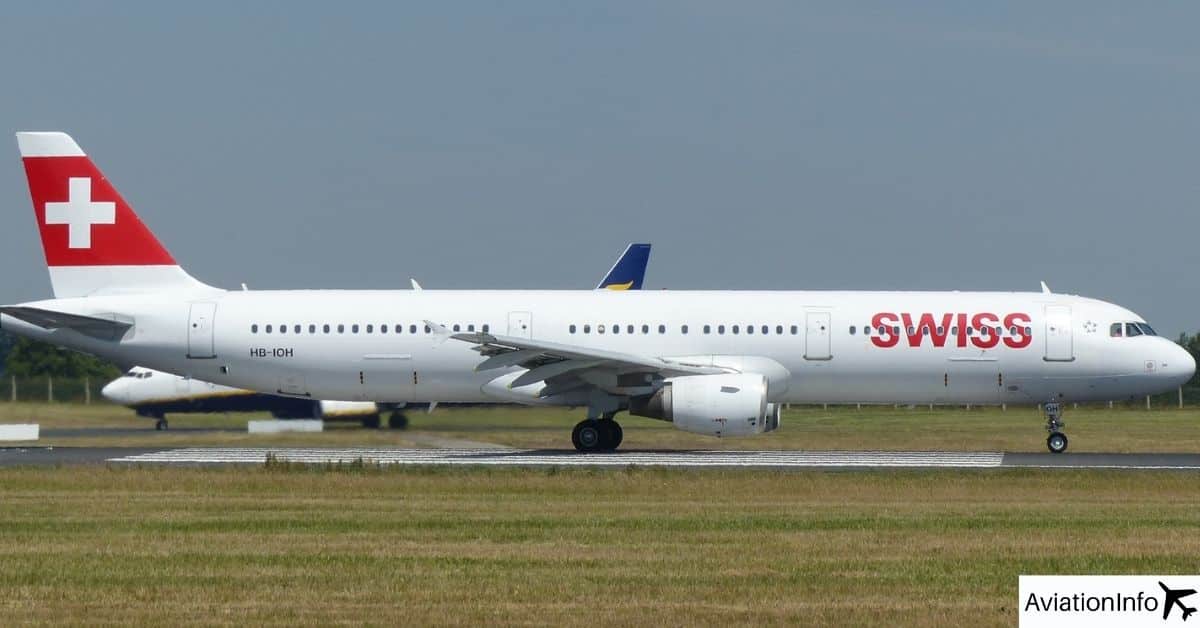Flex (short for flexible) temperature is an Airbus-centric term used to describe the use of derated thrust takeoff procedures. Similar to the DERATE setting found on Boeing Aircraft, the FLEX Temperature setting found on Airbus aircraft allows flight crews to select a pre-determined takeoff thrust setting that is below the maximum available thrust setting (TOGA thrust).
Reduced thrust/FLEX takeoffs prolong the life of the engines as there is less wear and tear. FLEX takeoffs are applied heavily throughout operations in Airbus aircraft where possible due to these advantages.
Prolonging engine life via FLEX TO operations extends the time between engine overhauls and also reduces fuel burn due to the lower takeoff setting being used.
It also assists in complying with noise abatement procedures specific to the departure airport; as less noise will be emitted from the engines if a reduced takeoff thrust is selected.
The required FLEX TO TEMP is calculated via the Electronic Flight Bag (EFB) and/or the load sheet/figures for the flight. The FLEX TO TEMP is then entered into the MCDU of the aircraft.
Also Read: Airbus Detents and Autothrust (A/THR) System
This will set the engines to the selected FLEX TO TEMP once the FLX MCT detent is selected during takeoff.
Performing takeoffs via a FLEX thrust setting requires the departure runway to be of sufficient length for the desired FLEX setting.
Other factors involved in calculating FLEX TO TEMP include:
- Airport Elevation
- Winds
- Temperature
- Runway Condition – is it wet/dry/icy?
- Takeoff Weight
- Takeoff Flap Setting
- Runway Length
The FLEX principle is mainly weight-based; this means the percentage of thrust reduction is relevant to the takeoff weight below MTOW which the aircraft is at. This allows for sufficient takeoff thrust to be set while conserving engine life.
The sufficient takeoff thrust setting includes a safety margin that takes into account factors such as engine out performance and V1/aborted takeoff stopping distances.
The FLEX takeoff setting is also based on the assumed temperature method, in which the takeoff thrust is set based on a temperature entered via the MCDU.
This assumed temperature setting programs the engines to the required takeoff thrust applicable. The assumed ambient temperature is actually different from that of the actual ambient temperature. This effectively tells the engines that the ambient temperature is lower than it actually is.
Incidents Involving FLEX Miscalculations
If FLEX TO TEMP settings are miscalculated or if the incorrect value is inputted to the MCDU, this can lead to insufficient takeoff thrust settings being used for the departure runway.
If the FLEX setting is below the correct value, this can lead to the insufficient acceleration of the aircraft on the takeoff roll. There have been numerous incidents reported of this occurring:
A British Airways Airbus A321 preparing for departure to London Heathrow encountered a low-thrust takeoff due to incorrect FLEX TEMP settings being inputted by the first officer during the pre-flight phase. The incorrect setting entered into the FMS was attributed to the pilot getting distracted while entering data. This event has been contributed to being a human factors-based incident. It highlights the importance of ensuring the correct takeoff settings are entered and verified accordingly.
In March 2009, an Emirates Airbus A340-500 departing from Melbourne, Australia for Dubai International, UAE struck several structures at the end of the runway. The aircraft incurred a tail strike on rotation, severely damaging the rear pressure bulkhead, the tail, and the undercarriage of the aircraft.
The investigation carried out by the ATSB, Australia’s aviation investigation board, concluded that the FLEX TEMP set prior to departure was an incorrect data entry and that there was not sufficient takeoff thrust delivered with this setting for the aircraft to become airborne.
The aircraft received substantial damage due to the tailstrike which it encountered on rotation and in the nature in which it struck several airport antenna structures in the vicinity of the runway. Thankfully, all occupants on board were uninjured.
It was later discovered that the first officer had miscalculated the takeoff weight of the aircraft by 100 tonnes less than the correct weight. This led to incorrect V Speeds and FLEX TEMP being calculated on the Electronic Flight Bag (EFB) takeoff calculator.
This investigation also highlighted the human factors element of the incident. It was discovered that one of the flight crew was severely fatigued and that he had only slept for 5-6 hours in the preceding 24 hours leading up to the incident flight.
Also Read: Airbus Engine Mode Selector Crank

After visiting more than 60 countries, I have probably been on every type of plane there is and visited countless airports. I did my very first international solo trip to South Africa at the age of only 16 and haven’t really stopped traveling since.
Despite the adventurous travel itch, I do have a nerdy side as well – which is satisfied by writing about all things aviation “too boring” for my regular travel blog.
